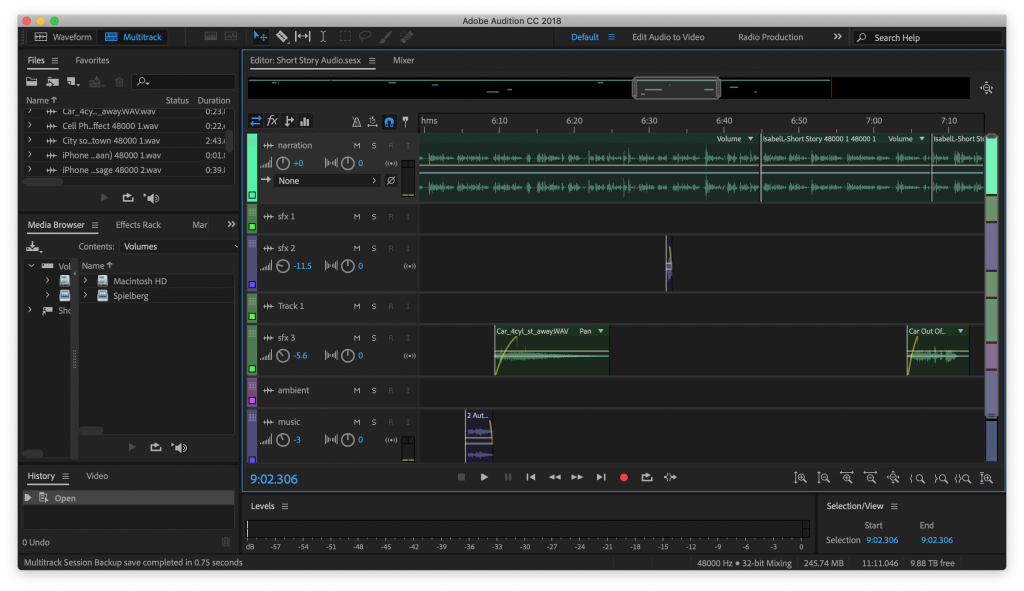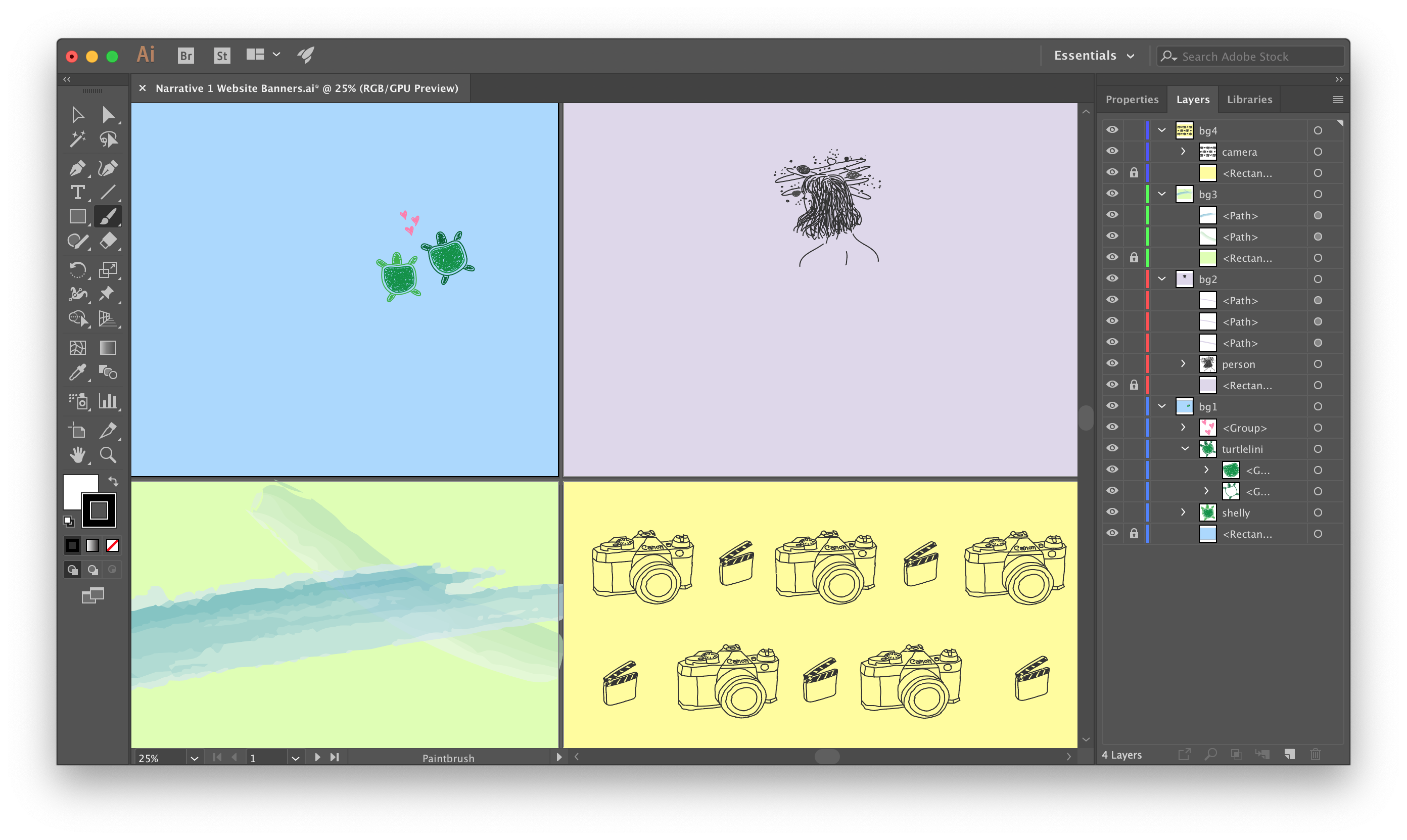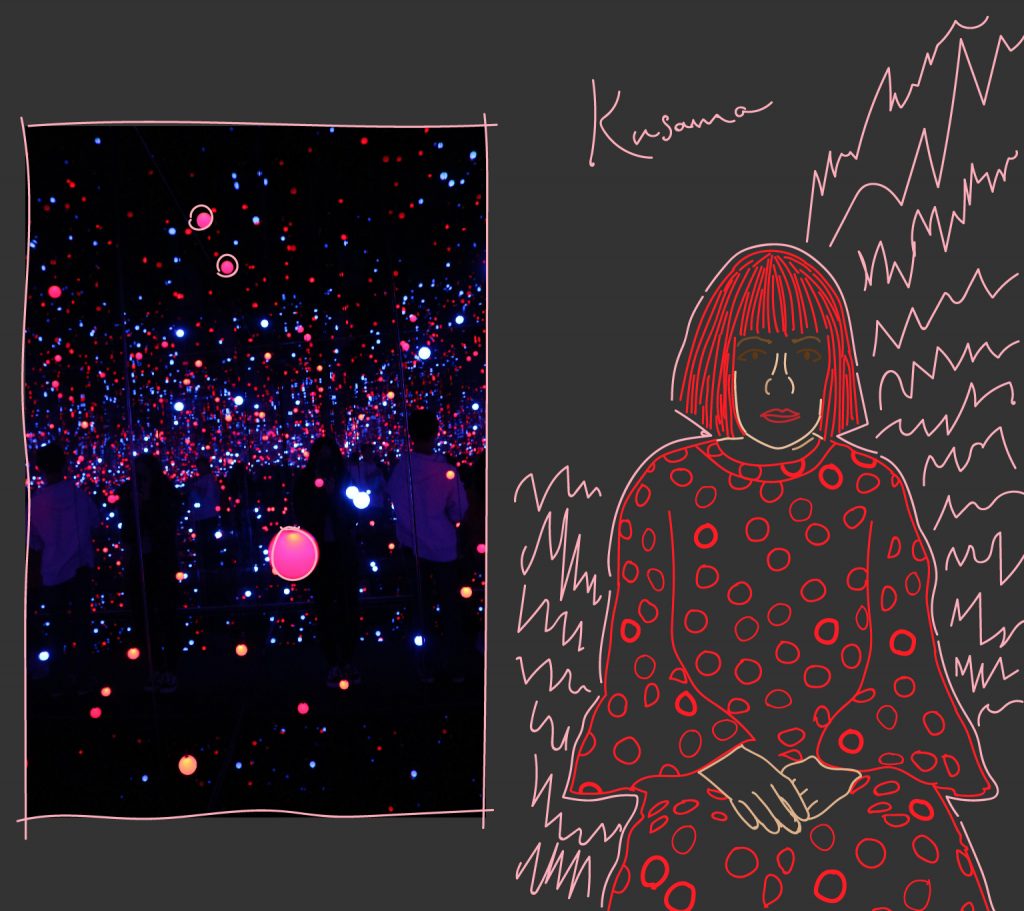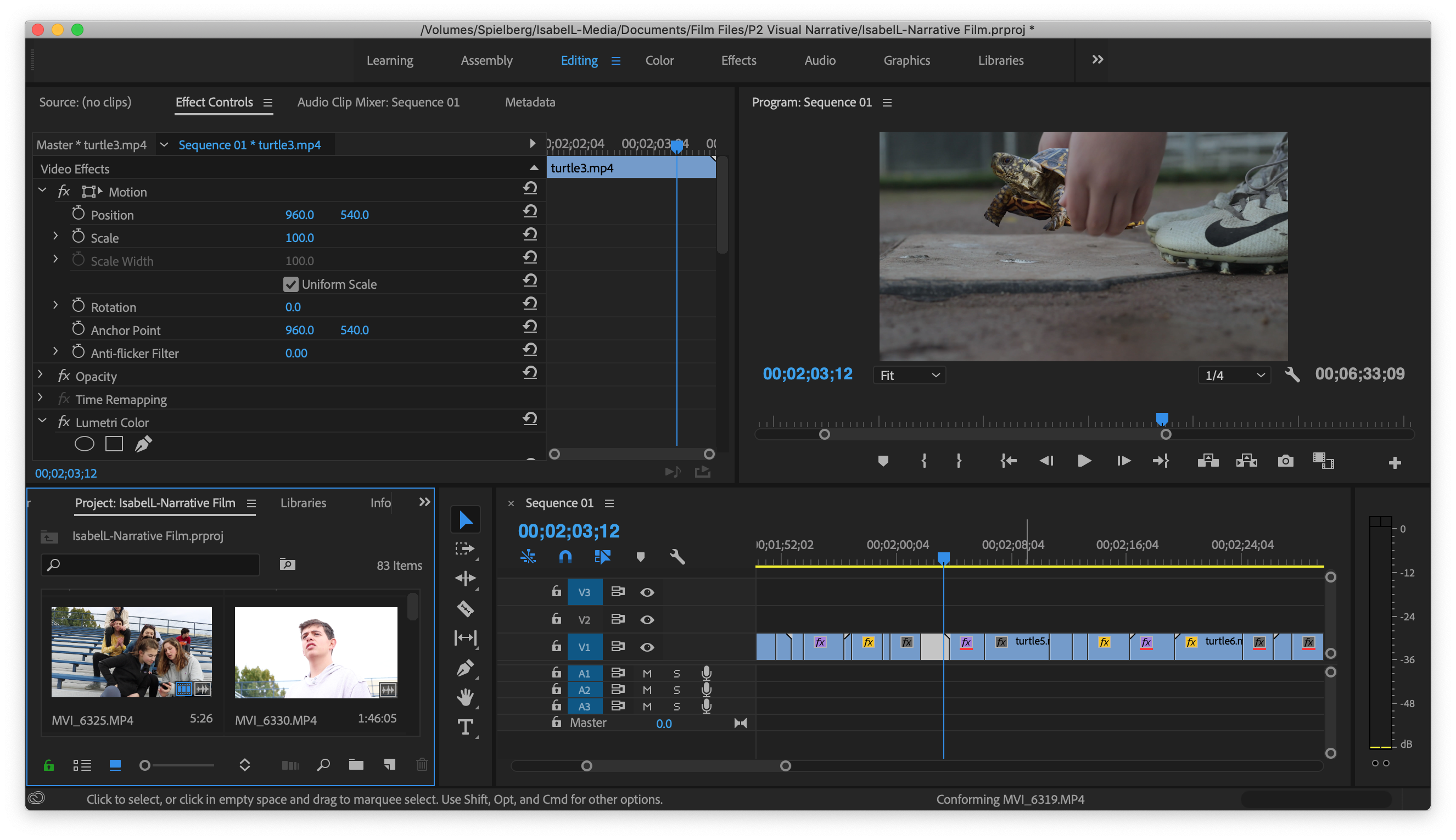introduction
story
home: a short story by isabel luk
click here to read along with the short story audio

illustrations

personal illustration
For my personal illustration project, I thought about the ekphrastic poems that we wrote in English for the conceptual unit and decided that I would create my illustration about an artist that I’ve been fond of.
I wouldn’t normally call myself an art enthusiast, but this artist’s work has definitely stood out to me and is truly interesting to me. After visiting the Louisiana Museum in Denmark this past summer, where I was able to see one of this artist’s most famous installation artworks, I was immediately inspired. This artwork was unlike any that I had ever experienced, and I felt mesmerized by the seemingly endless dots of light that were reflected around me.
The artist that I’m referring to is Yayoi Kusama, a Japanese contemporary artist who dedicated her whole life to art in the form of paintings, films, sculptures, and her most famous installations.

This personal illustration is based from the installation, Gleaming Lights of the Souls, which was Kusama’s exhibit at the Louisiana Museum in Denmark when I visited. I felt that solely drawing a portrait of her wouldn’t be enough so I decided to include a photo that I took of the installation to show the exact piece of artwork that I experienced and was inspired by. Through this illustration, I wanted to connect who Kusama is as a person and the work that she creates, which features polka dot motifs and revolves around the theme of infinity.
film media
griffith scene
After a lecture on D. W. Griffith and the modern cinematic techniques that he pioneered during his career, we were tasked with making a film with Griffith’s pattern, which begins with an establishing shot and cuts closer and closer in on the main subject. I enjoyed this assignment because it taught us how to set up a scene, which is a basic concept that would be used in all of our future films.
suspense scene
Alfred Hitchcock, a 20th century film director, was our model for learning about suspense in a film, which was what he was most known for. This scene was a lot harder to make since we had learned a lot more techniques, such as privileged position and fast paced cuts. We struggled a lot more with this scene; in the end, the only suspenseful thing in our film was the music.
Chase Scene
Our final scene assignment was to create a believable chase scene with concepts such as the 180-degree rule and continuity. This was my favorite scene to film and we got extra time to complete it which allowed me to spend more time filming and editing. We were expected to include all of the skills that we had learned previously (from the other assignments and lessons) into this scene. I filmed my scene at the Grand Hyatt in San Francisco.
junior narrative film
Synopsis
This comedy film centers around a boy and his duty-bound feeling to stop his evil rival. The protagonist, Ted, has formed a tight bond with his pet turtle, Turtlelini, who not only is his best friend but also is his best racer for the turtle races that they compete in. One morning, they wake up as they normally do, together at exactly 6:34. Ted’s room is filled with newspaper articles and awards that he and Turtlelini have won in the past. They eat the same breakfast of Fruity Pebbles and then sit in front of the TV to catch up on some news. Suddenly, a news report flashes onto the screen of someone named Henry, a horrible boy who mistreats his turtles and when they don’t win first place in the turtle races, he even kicks them out of his house. His current turtle, Turtle 8, looks sad and miserable on the screen. The news anchors shake their heads, explaining how tragic this is. But Ted feels a newfound sense of responsibility and exchanges looks with Turtlelini. They know what they have to do. Ted cracks his knuckles and close-ups of his and Turtlelini’s faces ensue, showing their grit and determination to make things right. A montage depicts their training for their grand idea. At a local park, Ted sees Henry and challenges him to an epic race-off that will change the course of their lives forever since their turtle racing careers will be on the line. The winner gets to take the other trainer’s turtle and the loser will have to forfeit their career, never able to turtle race again. Henry agrees. Posters advertising the event are strewn about the streets. Ted and Henry get their turtles ready, stretching before the big race. A crowd of spectators have gathered around the track. The turtles stare each other down. Turtlelini and Turtle 8 are neck and neck but in the end, Turtlelini finishes the race first. Henry, defeated, throws down his turtle racing trainer cap and stomps off, leaving Turtle 8 behind. Days later, Ted is seen watching a movie. To his right is Turtlelini, right where he always is. But to his left, instead of an empty space, there is Turtle 8 who has been taken in by Ted. Finally, a pan of the wall shows the same newspaper articles and awards, but there is also a picture of the three of them in the center.

